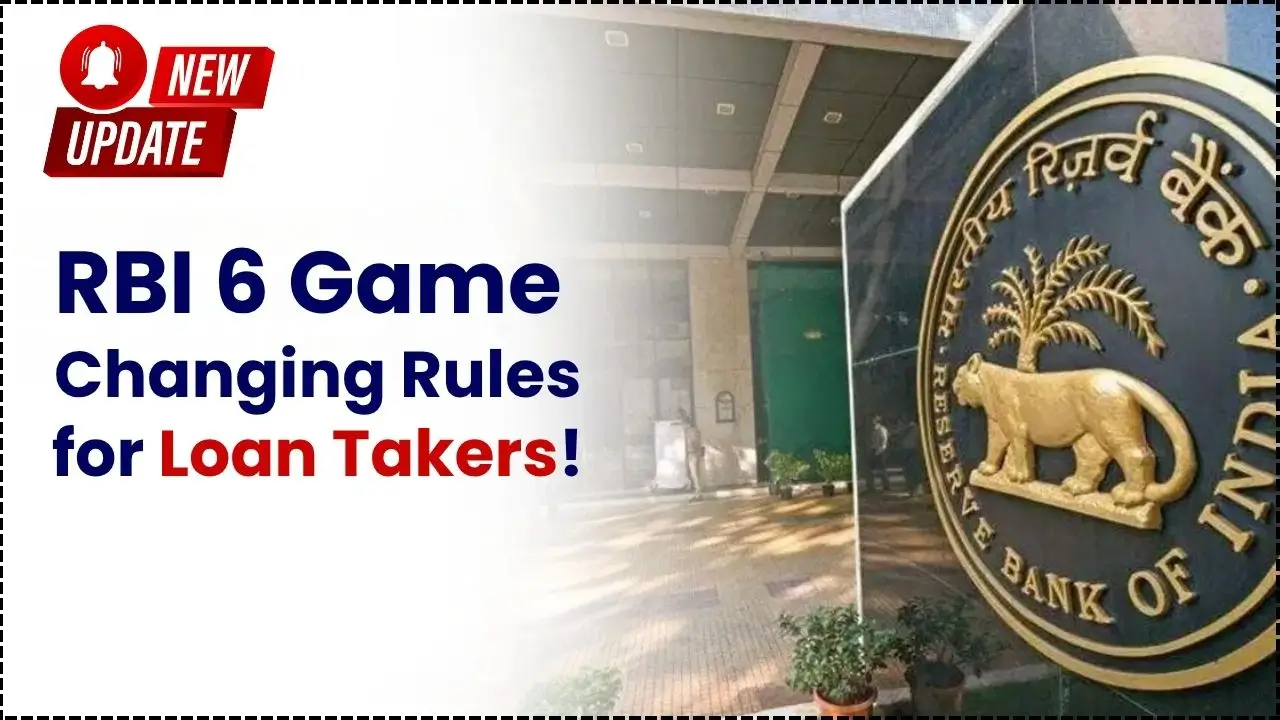The government has approved a 3 percentage-point increase in the Pensioners & Employees to Get Major Salary Boost, raising the rate from 55 % to 58 % of basic pay or pension for central government employees and pensioners effective 1 July 2025. The move is designed to help offset price rises and boost real incomes.

The raise in the dearness allowance (DA Hike Alert) from 55 % to 58 % constitutes a tangible boost for central government employees and pensioners from 1 July 2025. While it offers meaningful relief against inflation, its long-term impact will depend on how and when the 8th CPC is implemented and how states align their pay policies.
What the New DA Rate Means
The increase raises the dearness allowance (DA) from 55 % to 58 % of basic pay or pension, effective 1 July 2025, for about 49.19 lakh central government employees and 68.72 lakh pensioners. According to the official release from the Ministry of Finance, the annual cost to the exchequer of this increase is approximately ₹10,083.96 crore. The revision is made under the formula adopted for the 7th Central Pay Commission (7th CPC) pay structure.
Who it Applies To
- Central civilian government employees paid under the 7th CPC structure.
- Pensioners receiving central government pensions under the Central Civil Services (Pension) Rules.
- It does not immediately apply to all state government employees; states decide their own DA/DR rates. Some states mirror the central rate, others announce separate hikes.

Why the Increase Was Announced
Inflation and Cost-of-Living Pressures
The DA is linked to the All-India Consumer Price Index for Industrial Workers (CPI-IW); sustained inflation erodes purchasing power, prompting regular revisions. By raising DA to 58 %, the government aims to cushion employees and pensioners against rising living costs, especially in a period of global inflation and domestic price pressures.
Institutional Timing and Pay Commission Context
This revision is the last significant one under the 7th CPC framework before the expected implementation of the 8th CPC. Analysts regard this hike as a stop-gap relief while larger structural pay revision waits. “Raising DA by three percentage points is a well-timed move given inflation pressures,” said Dr Anshul Jain, senior economist at the Centre for Policy Research.
State Government Response and Variations
Example – Uttar Pradesh
The state government of Uttar Pradesh announced its own 3 % increase in DA/DR, bringing the rate to 58 % for about 28 lakh employees and pensioners from 1 July 2025. The move includes arrears payment of approximately ₹ 795 crore in November and a total fiscal burden of ₹ 1,960 crore through March 2026.
Other States
In Arunachal Pradesh, the state government had earlier raised DA/DR from 53 % to 55 % effective 1 January 2025—showing variations by state. Employees in state governments should check local notifications—state pay-policy is distinct from central government rules.
Practical Implications for Employees and Pensioners
- For an employee whose basic pay is ₹50,000, raising DA from 55 % to 58 % means an increase of ₹1,500 per month (₹50,000 × 3%).
- Pensioners will see a similar proportional increase in monthly dearness relief.
- The revision is retroactive from 1 July 2025, so arrears for July–September should be included in October/November payments.
- Employees and pensioners should verify that their pay/pension slips reflect the new DA rate and arrears.
- With the upcoming 8th CPC, this hike is interim—long-term implications depend on that pay panel’s outcome.
Related Links
Broader Economic and Fiscal Considerations
Impact on Government Finances
The central government’s annual burden of about ₹10,084 crore underlines the cost of DA hikes. States will carry their own larger burdens. Sustained increases contribute to public expenditure growth and raise questions about fiscal discipline.
Effect on Private Sector and Labour Market
While the hike directly affects government employees, it also indirectly influences expectations in the private sector regarding wage adjustments. Economists warn of potential wage-price spirals if private wages chase public sector increases without productivity gains.
Pay Commission Reset and Future Uncertainty
The upcoming 8th CPC is seen as a structural reset of pay scales, fitments and allowances. As noted by StaffNews, DA/DR from January 2026 onwards may reset to zero when the 8th CPC pay structure begins. This makes the current increase a “bridge” before the next major overhaul.
















